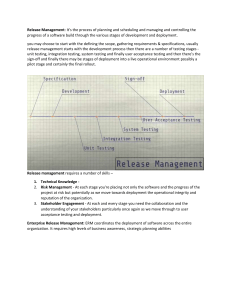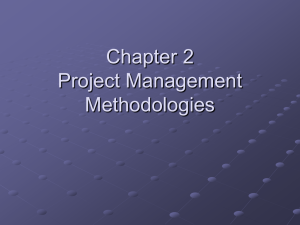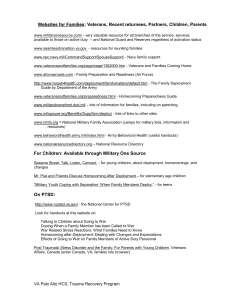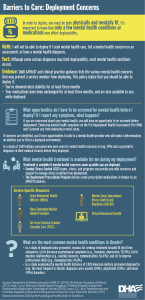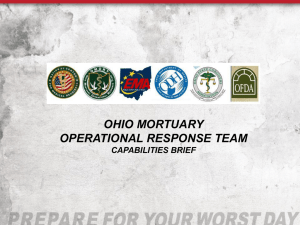Case history of an Industrial Architecture (or, what is in an architecture?)
advertisement
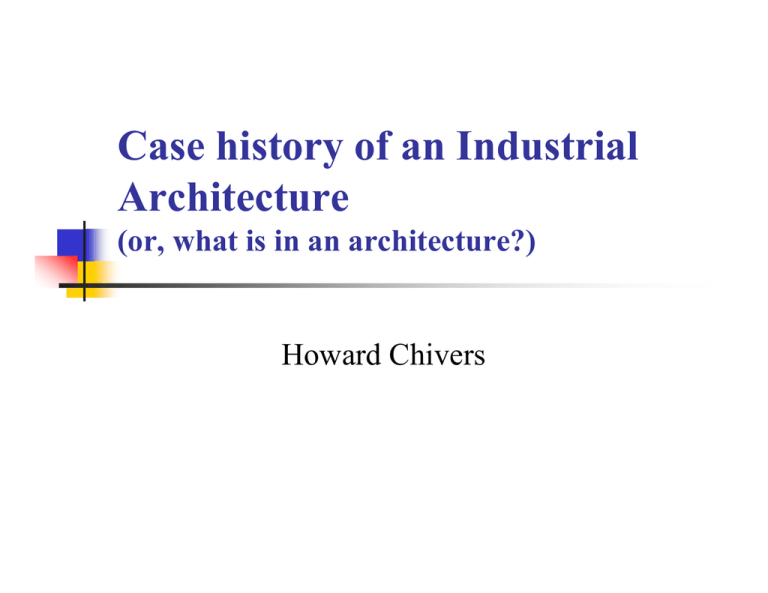
Case history of an Industrial Architecture (or, what is in an architecture?) Howard Chivers Typical System Business Processes Workflow On-Line Transaction Processing Operational Data Data Transform & Cleansing Imported Reference Data Data Warehouse Data Marts System Issues Individual (Sub-)systems have distinctive Requirements, Users & Developers But the enterprise needs: Common Infrastructure, Deployment, Management Effective overall Business Workflows Some System Wide properties (e.g. Security) Legacy integration Problem: Good-enough-set-of-block-diagrams and infrastructure constraints (=Architecture) to constrain the implementation of individual systems Design Approaches 9 9 Clear Contracts Scales well X X X 9 9 9 Flexible Maximises immediate value COTs infrastructure X X X X High Initial Cost Inflexible Can result in bespoke sub-system design Unspecific Contract Assumes infrastructure Ignores whole life-cost Difficult to scale Process objectives Defer as much as possible to each delivery phase: Minimise constraints on sub-systems Avoid early over-specification Component based design Address choice of infrastructure early These process slides are not complete – they just illustrate that process interacts with architecture content. Architecture Views Application Infrastructure Frameworks Application model ‘Architecturally significant’ use-cases Functional model Scope of major business services & interfaces Deployment into (application) sub-systems Quantitative model Management & Support Infrastructure Model Foundation Layers: Network & Computing Application Environments (EJB, web, database …) Infrastructure Services (security, directories, event logging, data storage, messaging …) Quantitative model Application Deployment Model Product types (e.g. components, applications) & their lifecycles System management features (e.g. event monitoring, system control) Interfaces Layered from infrastructure to application Transport Generic interoperability Generic infrastructure, protocols & services Format & content or messages Environment – e.g. namespaces Services required to interpret content Application integration Behaviour of application (high level protocol) May need to include deployment information e.g. required data, services, environment properties Frameworks, for example … Data access Defines ‘n-tier’ access architecture between user and data. Ensures common approach between several systems. Security Policy framework for whole system. Required services. Required constraints on parts of the system (infrastructure & application models). End
